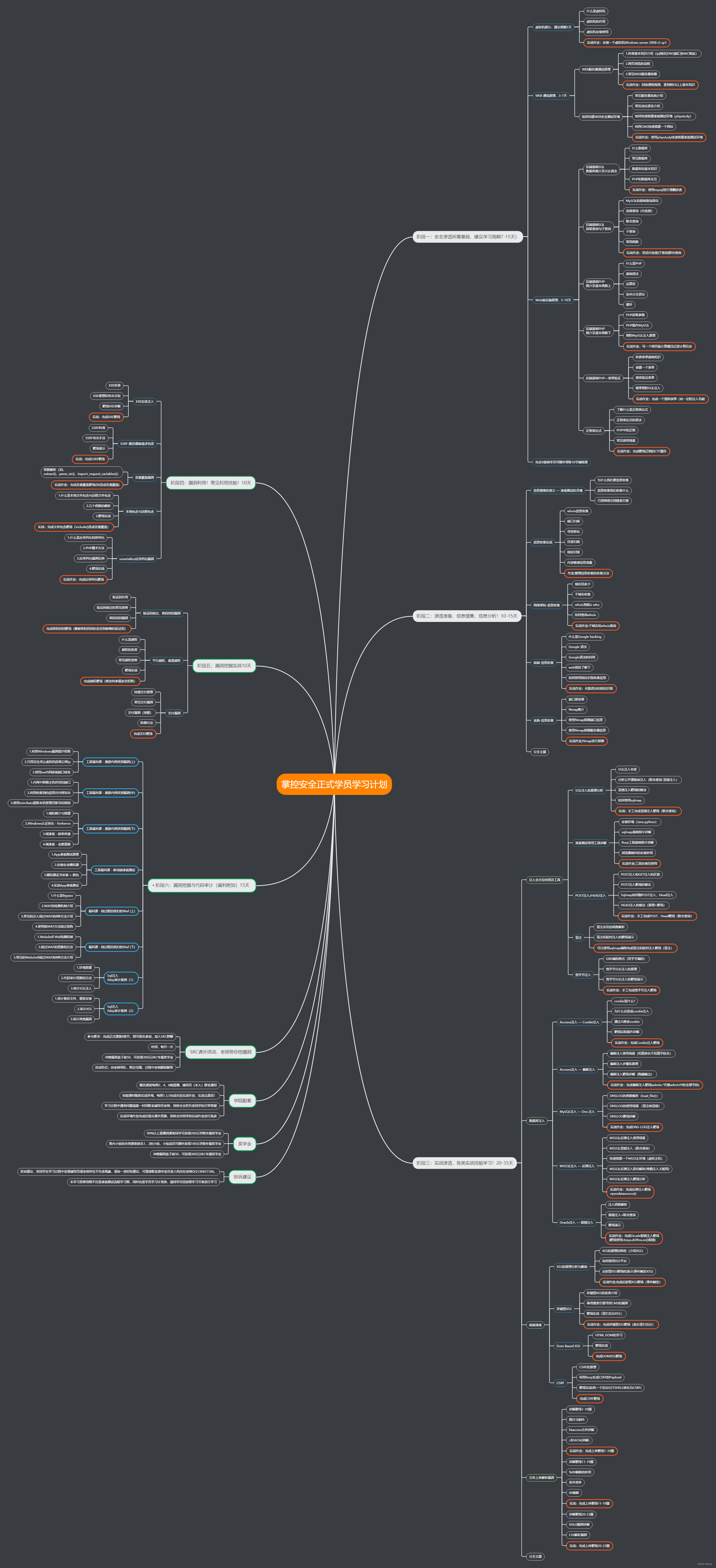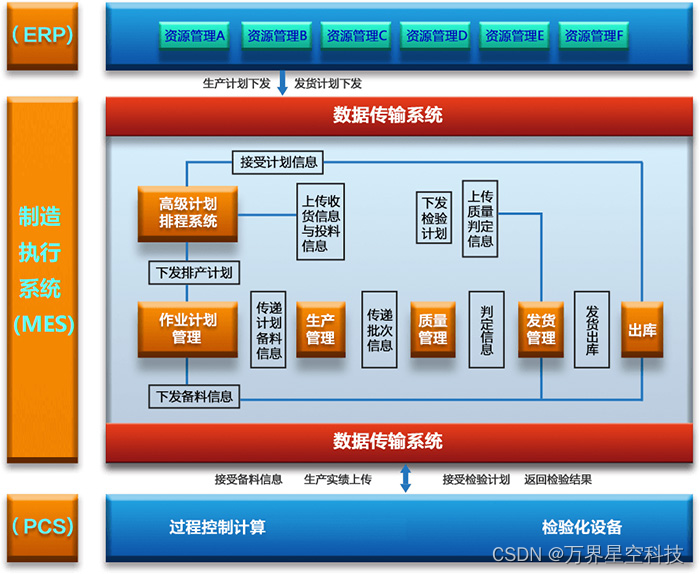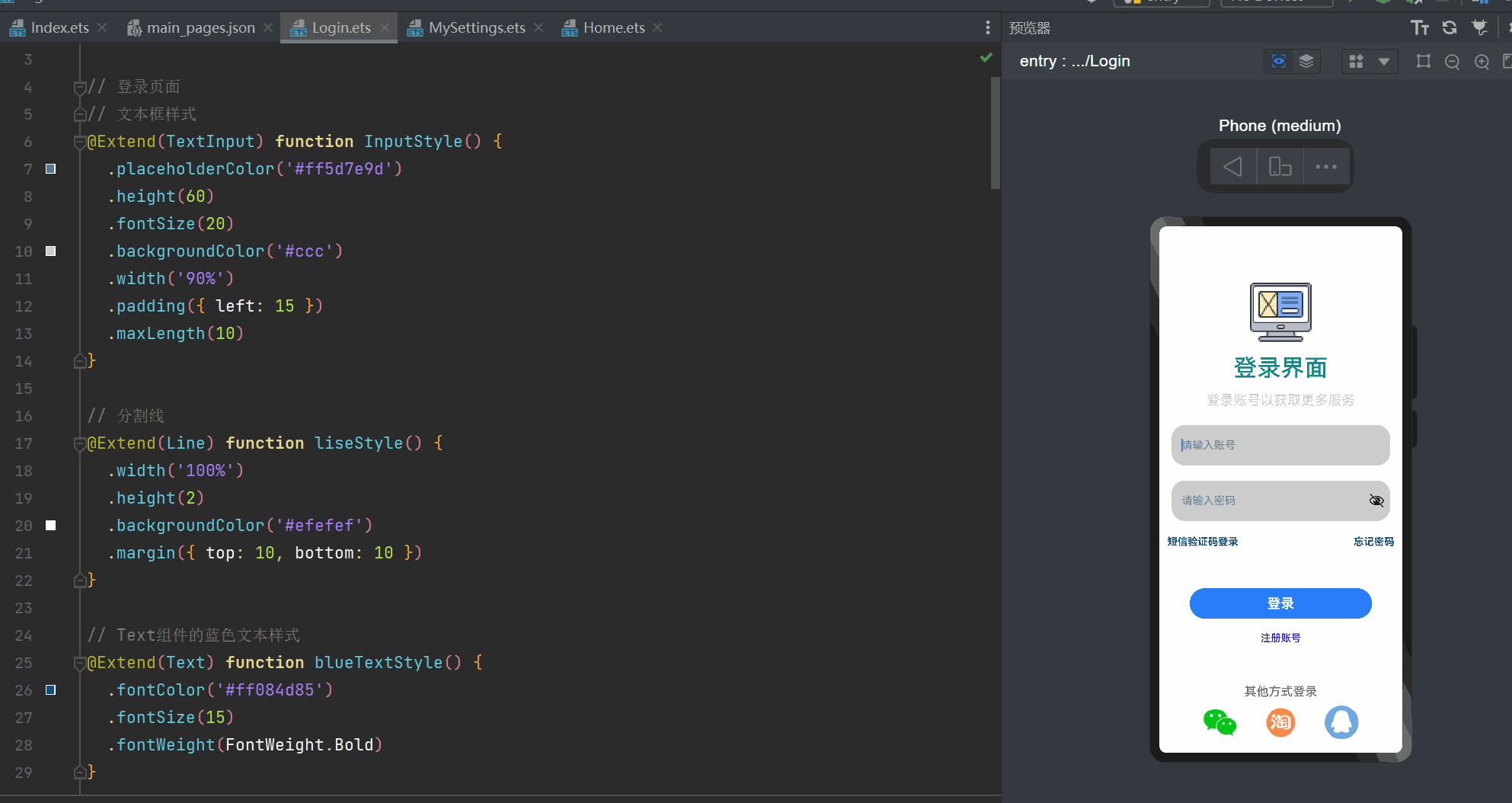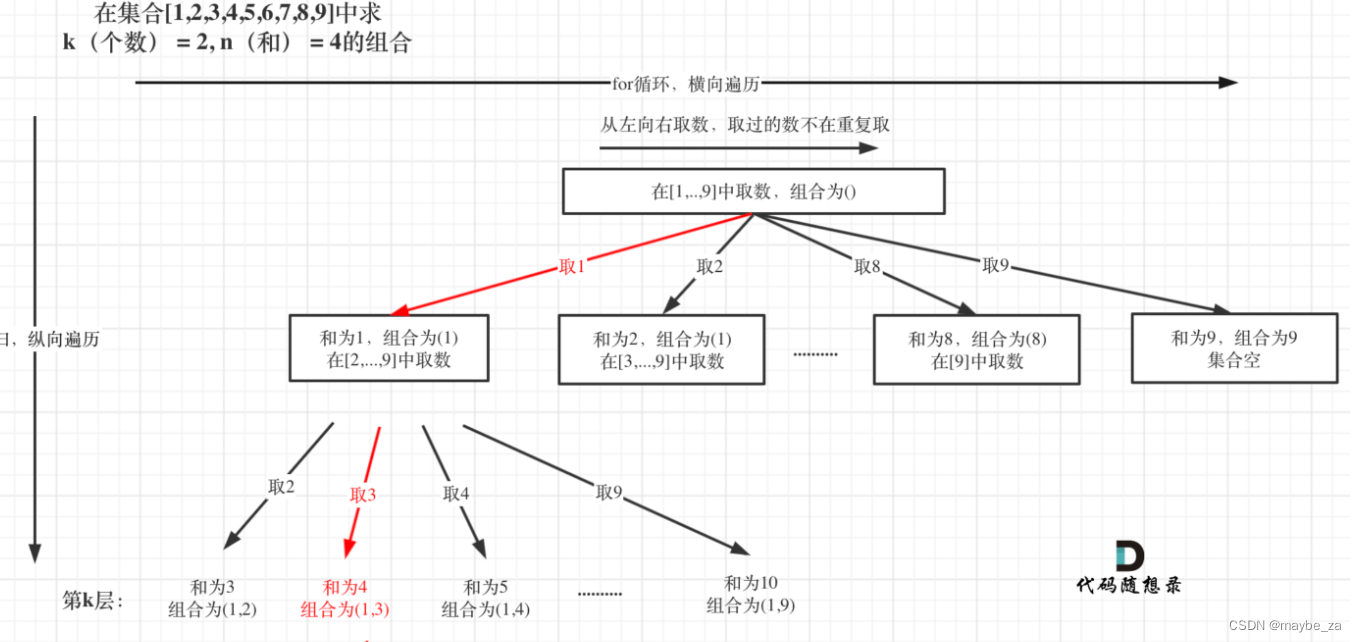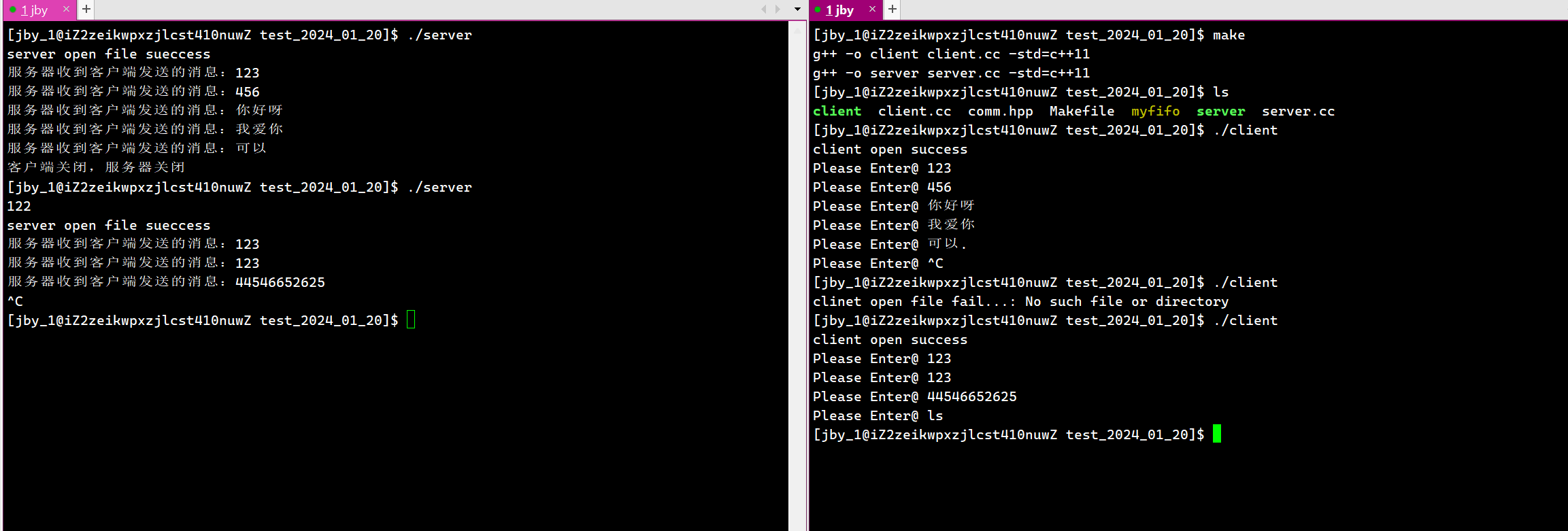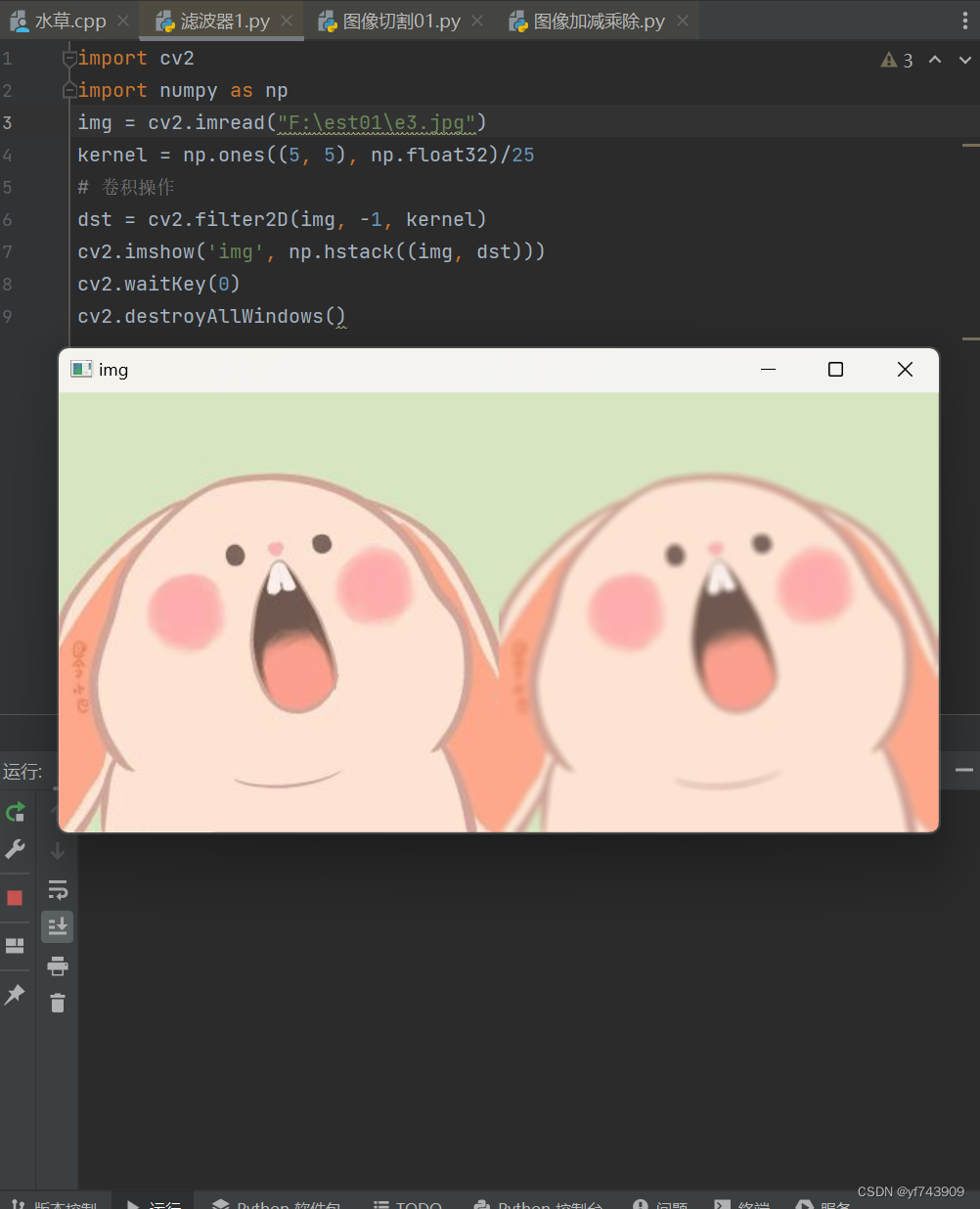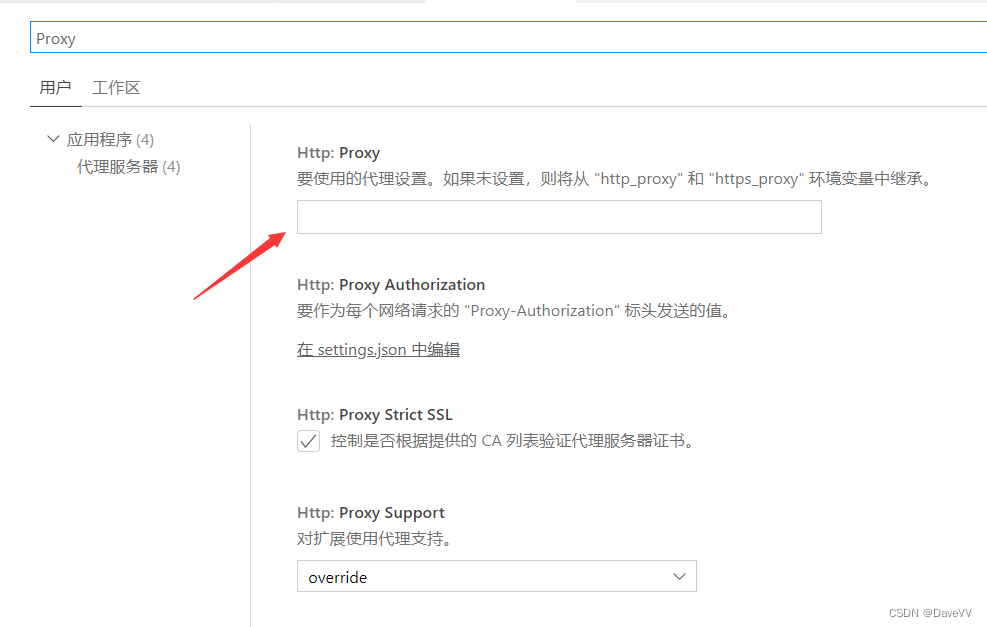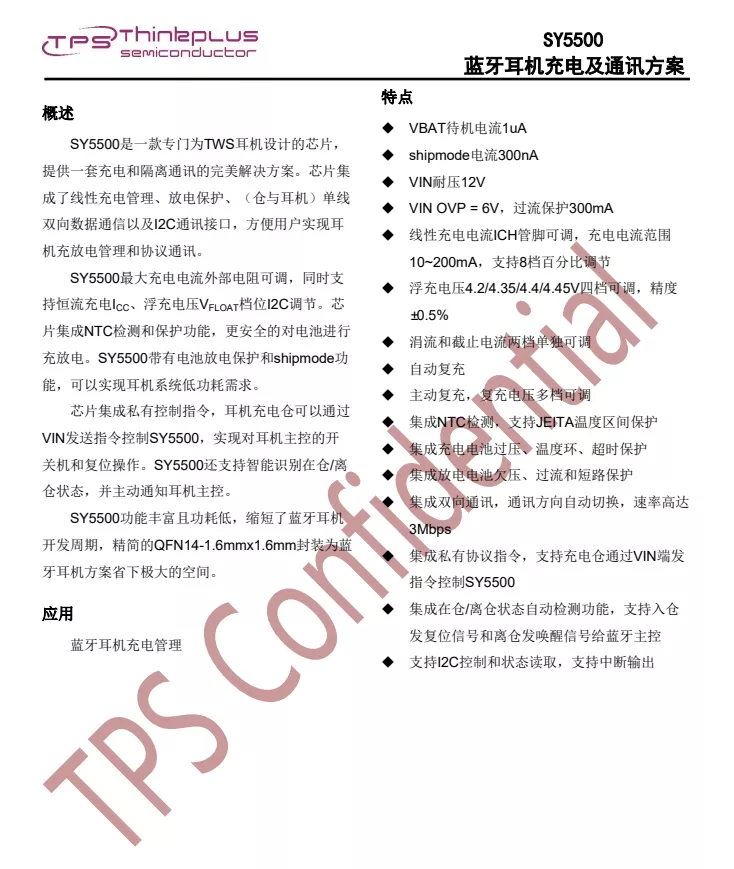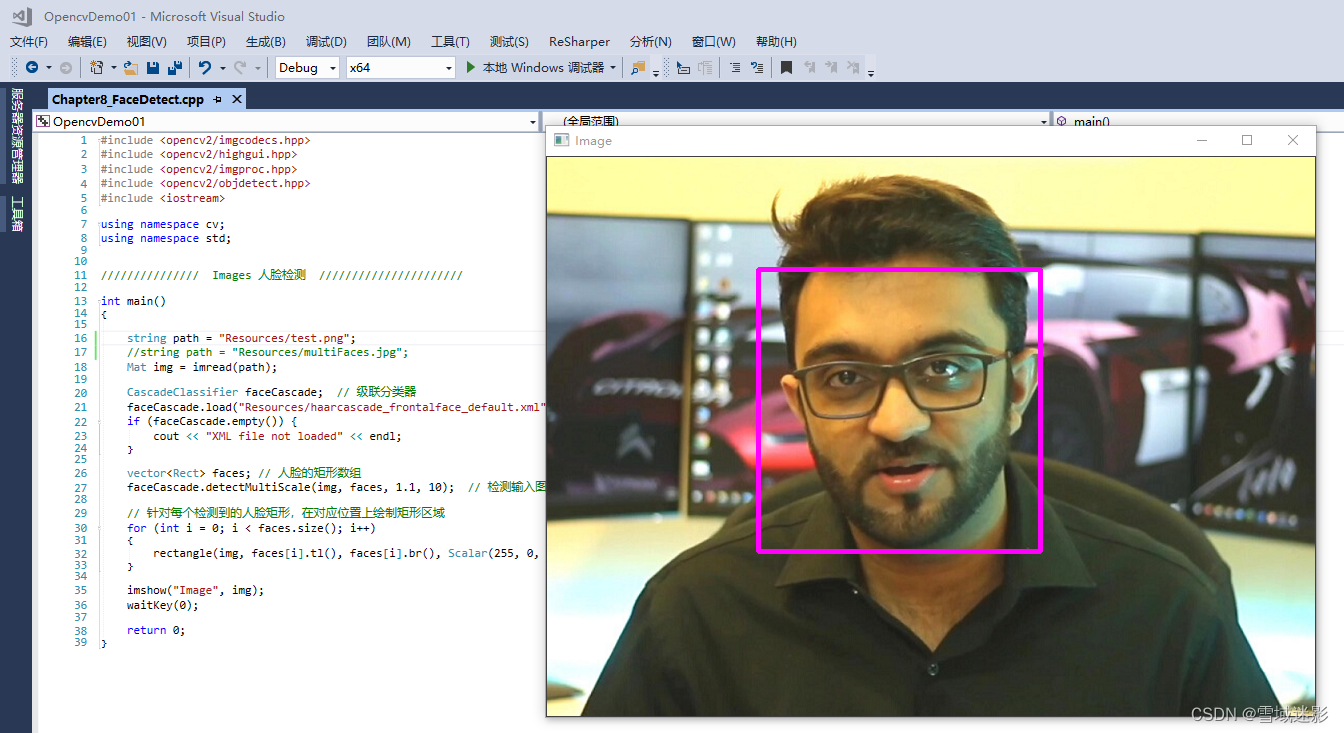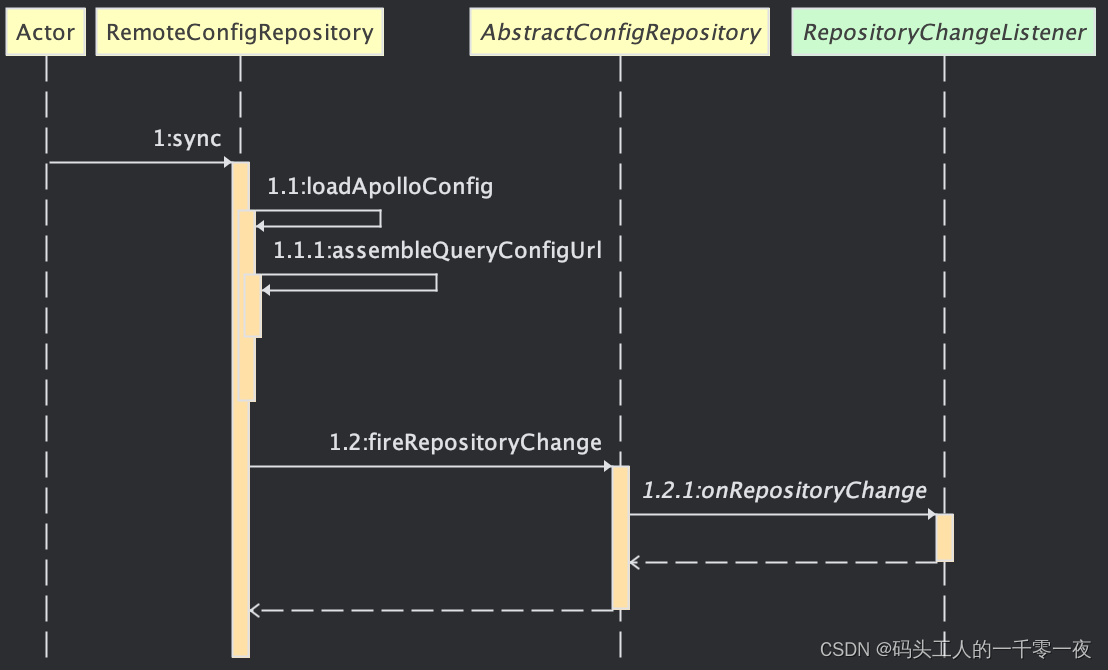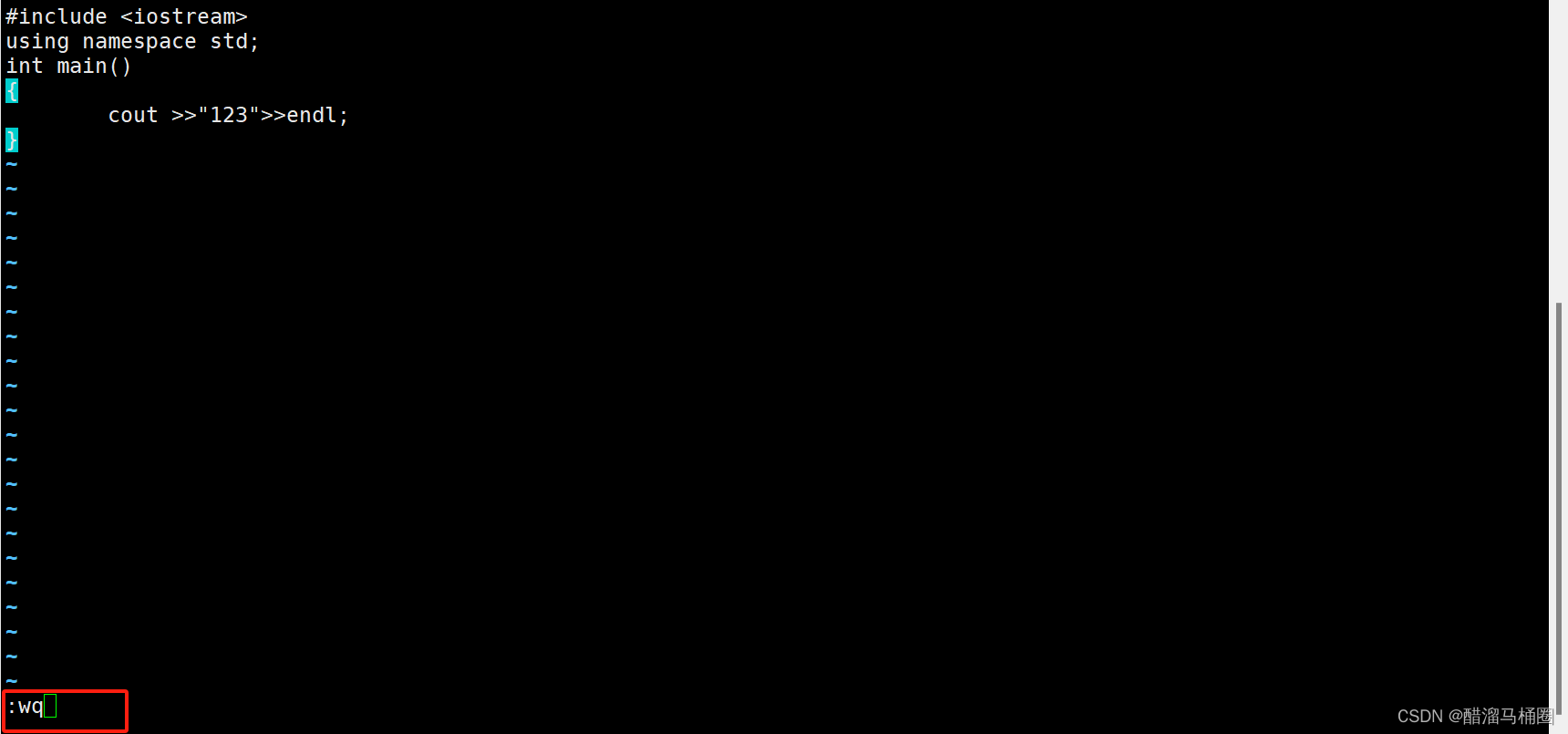题目来源
题目来自于AcWing平台:https://www.acwing.com/problem/content/4971/
以blog的形式记录程序设计算法学习的过程,仅做学习记录之用。
题目描述

输入输出格式与数据范围
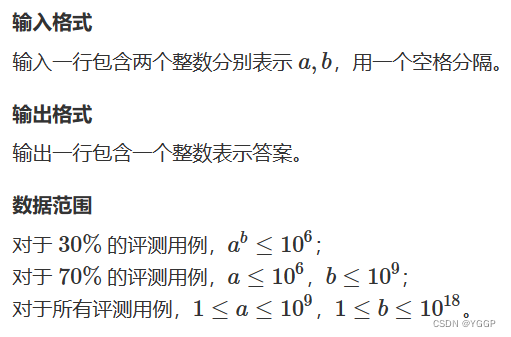
样例
第一组:
2 5
16
第二组:
12 7
11943936
思路
思路一部分参考自闫总的视频讲解,一部分参考自题解:https://www.acwing.com/solution/content/191150/。
这道题是标准的模板题。求
1
1
1~
N
N
N中与
N
N
N互质的数的个数称作欧拉函数,记为
ϕ
(
N
)
\phi(N)
ϕ(N)。在算数基本定理中,可以将
N
N
N拆解为:
N
=
p
1
a
1
p
2
a
2
⋅
⋅
⋅
p
m
a
m
N=p_1^{a_1}p_2^{a_2}\cdot\cdot\cdot{p_m^{a_m}}
N=p1a1p2a2⋅⋅⋅pmam,则:
ϕ
(
N
)
=
N
×
p
1
−
1
p
1
×
p
2
−
1
p
2
.
.
.
×
p
m
−
1
p
m
\phi(N)=N\times{{p_1-1}\over{p_1}}\times{{p_2-1}\over{p_2}}...\times{{p_m-1}\over{p_m}}
ϕ(N)=N×p1p1−1×p2p2−1...×pmpm−1。
可以发现,欧拉函数与质因数有关,而 a b a^b ab的质因数与 a a a完全相同,因此只需要求 a a a的质因数即可。
因此,套用求互质数个数的模板,求出 a a a的互质数的个数即可,再使用快速幂对这一结果乘上 a b − 1 a^{b-1} ab−1,即可得到最终的答案。在进程乘法运算的过程中,不要忘记求模。
Code
代码同样参考自闫总的代码:https://www.acwing.com/activity/content/code/content/7589016/。
#include <algorithm>
#include <iostream>
#include <cstring>
using namespace std;
typedef long long LL;
const int MOD = 998244353;
LL qmi(LL a, LL b){ // 快速幂算法的模板
LL res = 1;
while(b){
if(b & 1) res = res * a % MOD;
a = a * a % MOD;
b >>= 1;
}
return res;
}
int main()
{
LL a, b;
cin >> a >> b;
if(a == 1){
cout << 0 << endl;
return 0;
}
// 求质因数的个数的模板
LL res = a, x = a;
for(int i = 2; i * i <= x; i ++ ){
if(x % i == 0){
while(x % i == 0) x /= i;
res = res / i * (i - 1);
}
}
if(x > 1) res = res / x * (x - 1);
cout << res * qmi(a, b - 1) % MOD << endl;
return 0;
}

